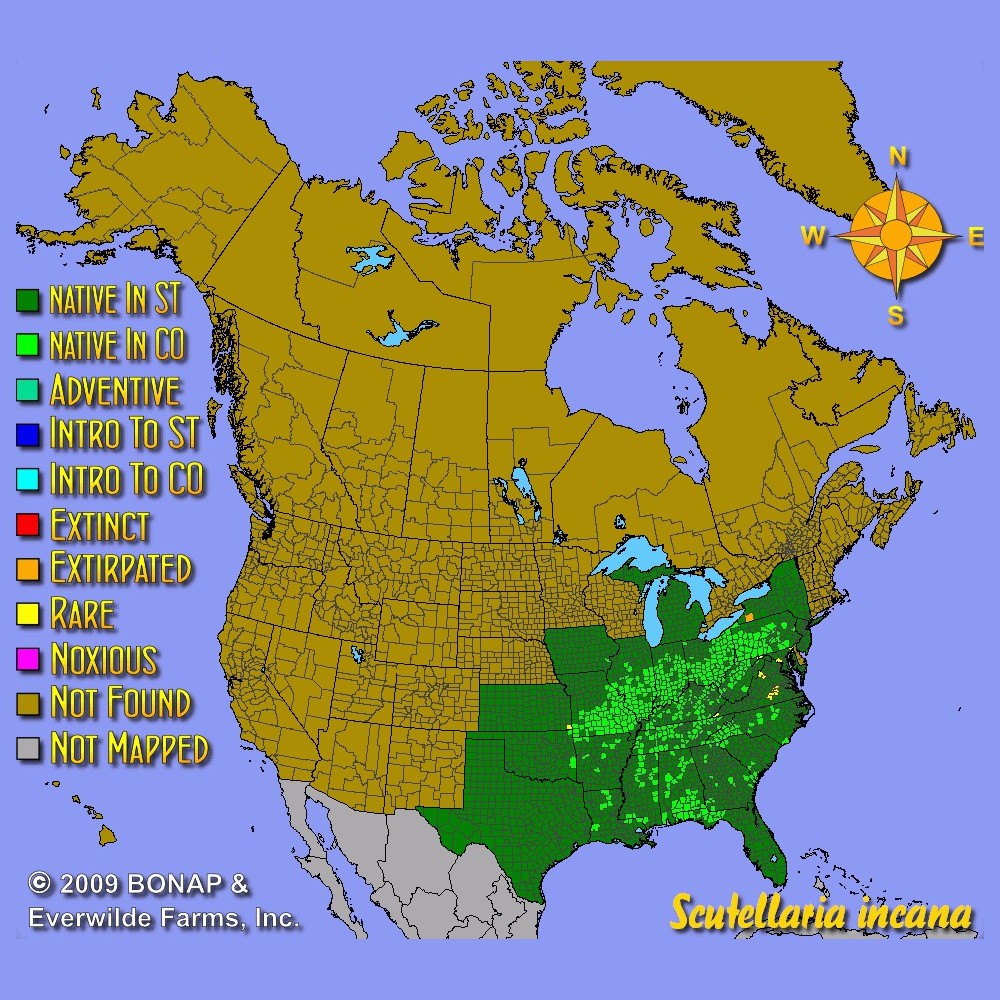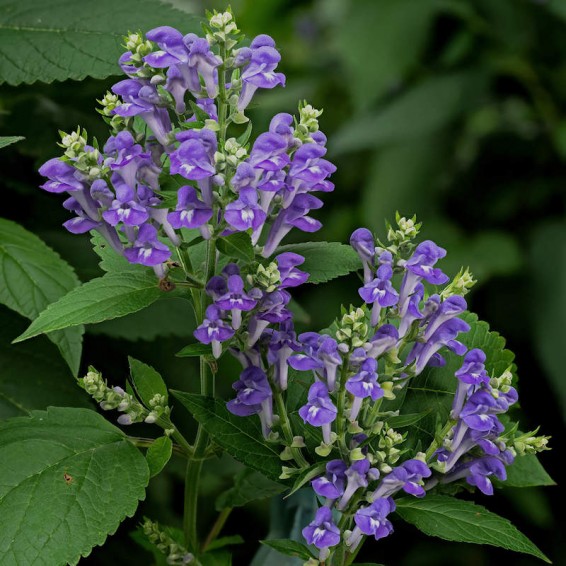Hoary Skullcap Seeds
- HOW TO GROW
- FAST FACTS
- REVIEWS
HOW TO GROW
Sowing: Direct sow in late fall, pressing into the surface of the soil. For spring planting, mix the seeds with moist sand and store in the refrigerator for 30 days before planting. Keep the soil consistently moist until germination, which is notoriously slow and irregular.
Growing: Water seedlings occasionally until they become established. This plant adapts well to either dry or moist soil, and also tolerates sandy and clay soils. Though drought tolerant, it will benefit from watering in especially dry weather. For extended blooming, deadhead blossoms. This plant attracts hummingbirds and bumblebees.
Harvesting: For cut flowers, choose stems with flowers that have just opened. Strip the foliage that will fall below the water level, and place in water immediately.
Seed Saving: After the flowers fade, clusters of small seed pods will develop that mature from green to brown. When ripe, they will split open at the top to reveal the tiny brown seeds. Shake the open pods over a container to remove the seed. Store the cleaned seed in a cool, dry place.
FAST FACTS
Common Names: Downy Scullcap, scullcap
Latin Name: Scutellaria incana
Species Origin: US Native Wildflower
Type: Native Wildflowers
Life Cycle: Perennial
USDA Zones: 5, 6, 7, 8, 9
US Regions: Midwest, Northeast, Southeast
Seeds per Ounce: 20,000
Stratification: Cold/Wet for 8 Weeks
Germination Ease: Stratify 8 Weeks
Sunlight: Part Sun
Height: 36 Inches
Color: Blue
Bloom Season: Blooms Early Summer, Blooms Late Summer, Blooms Early Fall
Awesome!
DESCRIPTION

HOW TO GROW
Sowing: Direct sow in late fall, pressing into the surface of the soil. For spring planting, mix the seeds with moist sand and store in the refrigerator for 30 days before planting. Keep the soil consistently moist until germination, which is notoriously slow and irregular.
Growing: Water seedlings occasionally until they become established. This plant adapts well to either dry or moist soil, and also tolerates sandy and clay soils. Though drought tolerant, it will benefit from watering in especially dry weather. For extended blooming, deadhead blossoms. This plant attracts hummingbirds and bumblebees.
Harvesting: For cut flowers, choose stems with flowers that have just opened. Strip the foliage that will fall below the water level, and place in water immediately.
Seed Saving: After the flowers fade, clusters of small seed pods will develop that mature from green to brown. When ripe, they will split open at the top to reveal the tiny brown seeds. Shake the open pods over a container to remove the seed. Store the cleaned seed in a cool, dry place.
FAST FACTS
Common Names: Downy Scullcap, scullcap
Latin Name: Scutellaria incana
Species Origin: US Native Wildflower
Type: Native Wildflowers
Life Cycle: Perennial
USDA Zones: 5, 6, 7, 8, 9
US Regions: Midwest, Northeast, Southeast
Seeds per Ounce: 20,000
Stratification: Cold/Wet for 8 Weeks
Germination Ease: Stratify 8 Weeks
Sunlight: Part Sun
Height: 36 Inches
Color: Blue
Bloom Season: Blooms Early Summer, Blooms Late Summer, Blooms Early Fall
Reviews
Review
Awesome!





